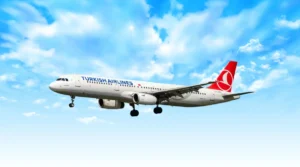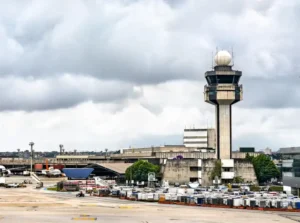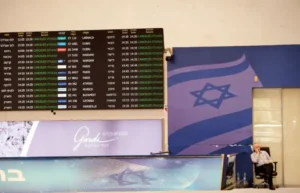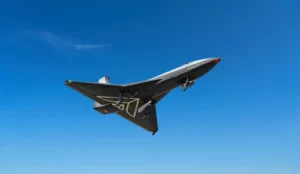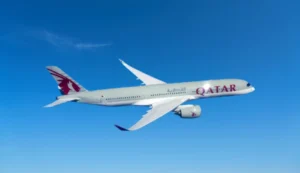Virgin Atlantic Flight Rerouted After Windscreen Cracks at 40,000 Feet
A Virgin Atlantic Boeing 787-9 flight to San Francisco was forced to return to London after its windscreen cracked at 40,000 feet, marking another troubling incident for Boeing aircraft.
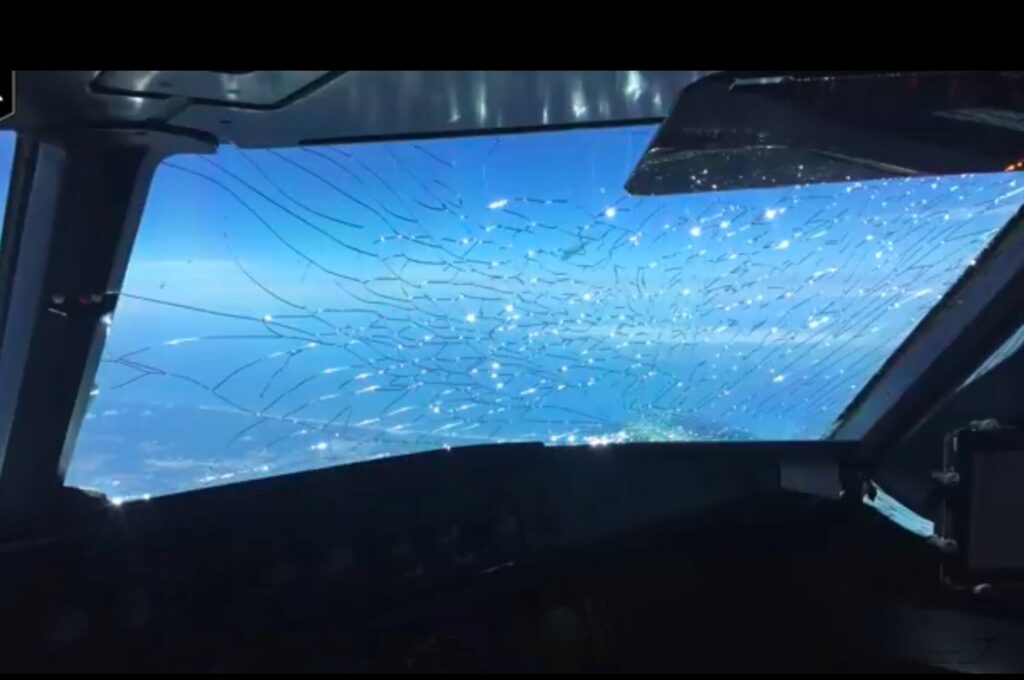
Photo Source: SVET
A Virgin Atlantic Boeing 787-9 en route to San Francisco experienced a midair scare when its windscreen cracked at 40,000 feet, causing the flight to return to London. Three hours into the flight from Heathrow Airport, the aircraft sustained damage to the outer layer of its cockpit windscreen. The airline confirmed that the crack penetrated the glass, which is composed of multiple layers.
The incident occurred between Greenland and Iceland at an altitude of 40,000 feet, where temperatures outside the aircraft reached -58 degrees. Despite the frightening situation, the crew reassured passengers that the cabin did not suffer from decompression. Virgin Atlantic described the cracked layer as non-structural and wear-resistant. Photos of the damaged windscreen were later published, showing the extent of the crack.
The Virgin Atlantic cockpit crew was reportedly frightened as the Boeing jet’s windscreen cracked midair. The temperature outside was -58 degrees, and the plane was at 40,000 feet altitude when it did an about-face. Pilots worked to alleviate passengers’ fears, ensuring them that the cabin had not experienced decompression.
Three hours into the packed commercial flight from London’s Heathrow Airport, the Boeing 787-9 suffered “damage to the outer layer of the cockpit windscreen,” according to the company. The crack penetrated Flight VS41’s glass, which is “made of multiple layers.” It wasn’t clear what caused the damage during the May flight.
Passengers completed their journey to San Francisco the following day. This incident adds to a series of troubling occurrences for Boeing aircraft, including recent issues involving Southwest Airlines and United Airlines flights. On Wednesday, a Southwest Airlines Boeing plane dove while landing in Oklahoma City, flying less than 500 feet over a residential neighborhood.
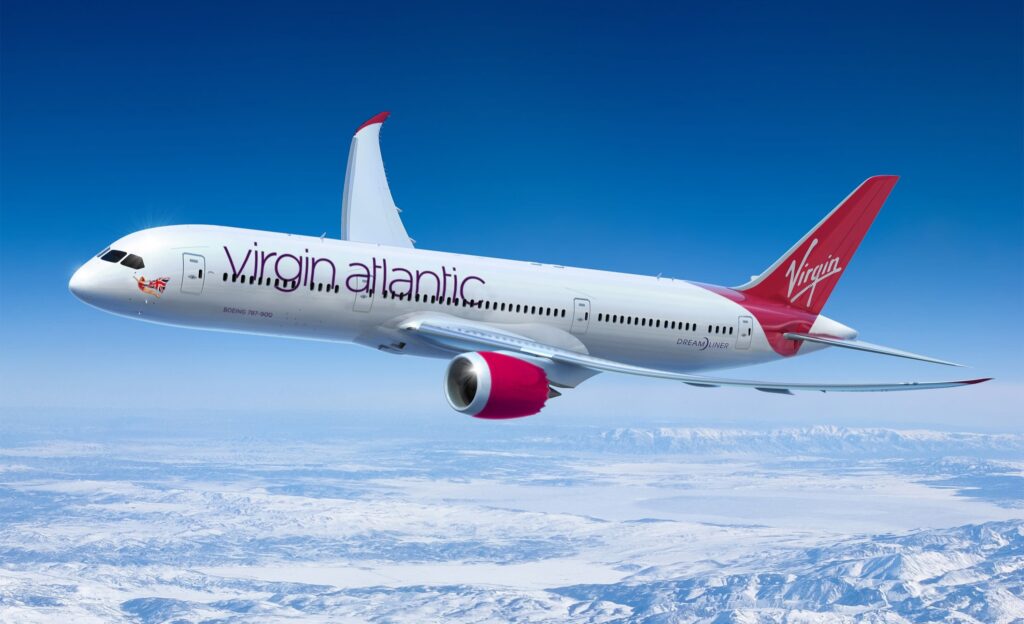
A month earlier, another Southwest plane dropped to just 400 feet above the Pacific Ocean while traveling to Hawaii. Among several incidents in March, a Boeing 737-800 lost an external panel as a United Airlines flight flew from San Francisco to Oregon.
Despite the series of troubling occurrences for Boeing aircraft, Virgin Atlantic emphasized that the cracked layer of the windscreen was non-structural and wear-resistant. The airline reassured passengers that the cabin had not suffered decompression, and all safety protocols were followed. The crack, while significant, did not compromise the structural integrity of the aircraft, ensuring the safety of all onboard.

